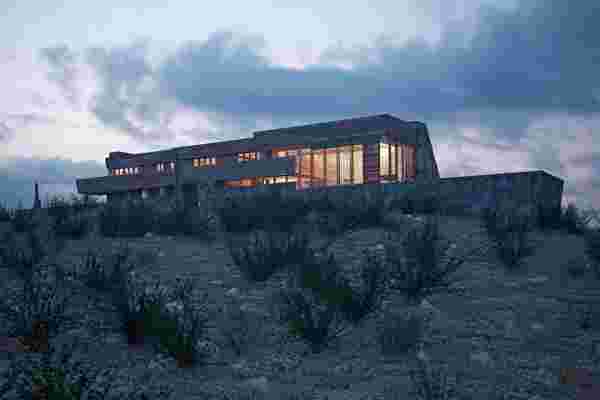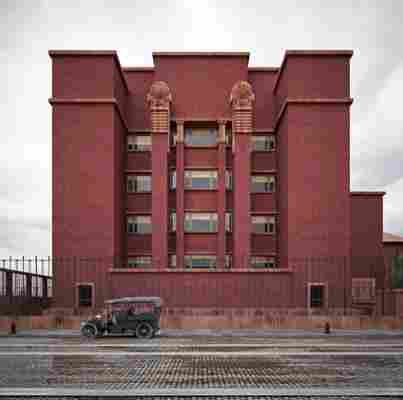One Architect Is Revolutionizing How We Preserve Iconic Architecture
Preserving modern architecture is a favorite subject of architects and architecture enthusiasts alike, but for many, it’s often hard to know where to start. Employing unusual methods, Spanish architect David Romero rose wholeheartedly to the challenge, looking not to the buildings themselves but to the powers of visualization technology.
With his project, Hooked on the Past , Romero takes unbuilt or destroyed designs—like Frank Lloyd Wright ’s Larkin Administration Building or his Rose and Gertrude Pauson house (both lost some decades ago) as well as Trinity Chapel, which was never built—and digitally restores them to their former glory with progressive 3-D design technologies.
“Hooked on the Past began because of my irritation at how poorly used 3-D visualization techniques are in the case of re-creating buildings of the past,” says Romero, who went on to lament that though many architects today are highly skilled in visualization, few resources are dedicated to this branch of research.

Romero also reimagined Wright’s Rose and Gertrude Pauson house, destroyed by a fire in 1943.
“The poor protection that exists in buildings built during the 20th century, no matter what their artistic value is, is a big problem,” Romero says. “My project tries to change this situation, but how to make it economically viable is a challenge.”
If there’s anything to encourage other architects to join the movement, it’s the sheer polish of Romero’s work, which has received praise and support from the Frank Lloyd Wright Building Conservancy, among other prominent preservationists. Romero spares no attention to detail—texture, color, and form are painstakingly wrought throughout—and for the untrained eye, it’s hard to distinguish the renderings from photographs.

Romero’s rendering of Wright’s Larkin Administration Building, a Buffalo, New York, landmark demolished in 1950.
For now, Romero has dedicated his project to Wright, one of his lifelong heroes, but hopes to expand it to include other 20th-century reference architects ( Mies van der Rohe , Le Corbusier , Alvar Aalto ) as well as ancient works. What’s the one force holding him back? “I would love to have more time,” he says.